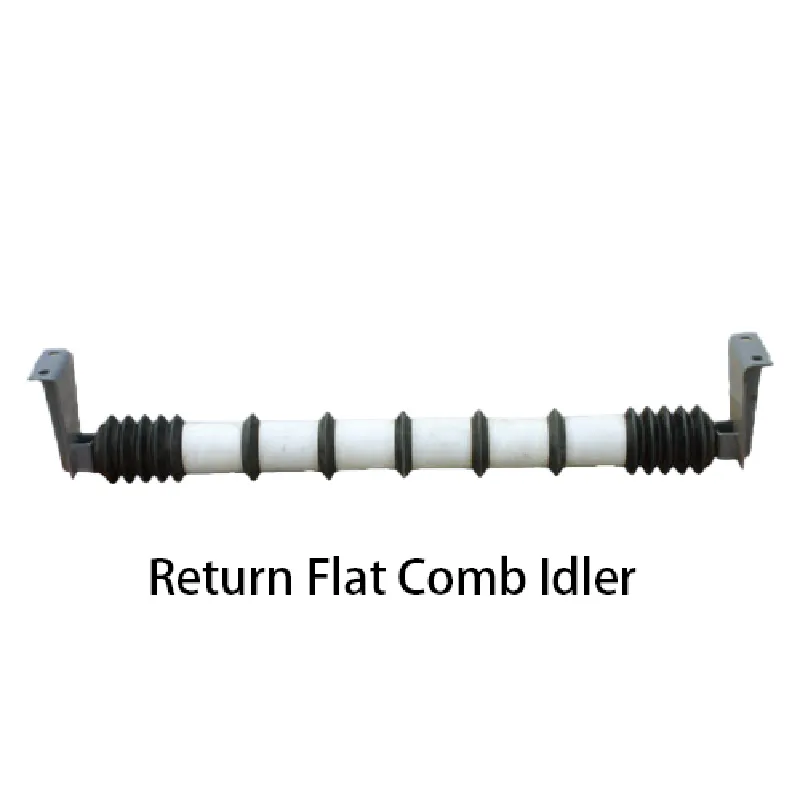 Afrikaans
Afrikaans  Albanian
Albanian  Amharic
Amharic  Arabic
Arabic  Armenian
Armenian  Azerbaijani
Azerbaijani  Basque
Basque  Belarusian
Belarusian  Bengali
Bengali  Bosnian
Bosnian  Bulgarian
Bulgarian  Catalan
Catalan  Cebuano
Cebuano  Corsican
Corsican  Croatian
Croatian  Czech
Czech  Danish
Danish  Dutch
Dutch  English
English  Esperanto
Esperanto  Estonian
Estonian  Finnish
Finnish  French
French  Frisian
Frisian  Galician
Galician  Georgian
Georgian  German
German  Greek
Greek  Gujarati
Gujarati  Haitian Creole
Haitian Creole  hausa
hausa  hawaiian
hawaiian  Hebrew
Hebrew  Hindi
Hindi  Miao
Miao  Hungarian
Hungarian  Icelandic
Icelandic  igbo
igbo  Indonesian
Indonesian  irish
irish  Italian
Italian  Japanese
Japanese  Javanese
Javanese  Kannada
Kannada  kazakh
kazakh  Khmer
Khmer  Rwandese
Rwandese  Korean
Korean  Kurdish
Kurdish  Kyrgyz
Kyrgyz  Lao
Lao  Latin
Latin  Latvian
Latvian  Lithuanian
Lithuanian  Luxembourgish
Luxembourgish  Macedonian
Macedonian  Malgashi
Malgashi  Malay
Malay  Malayalam
Malayalam  Maltese
Maltese  Maori
Maori  Marathi
Marathi  Mongolian
Mongolian  Myanmar
Myanmar  Nepali
Nepali  Norwegian
Norwegian  Norwegian
Norwegian  Occitan
Occitan  Pashto
Pashto  Persian
Persian  Polish
Polish  Portuguese
Portuguese  Punjabi
Punjabi  Romanian
Romanian  Russian
Russian  Samoan
Samoan  Scottish Gaelic
Scottish Gaelic  Serbian
Serbian  Sesotho
Sesotho  Shona
Shona  Sindhi
Sindhi  Sinhala
Sinhala  Slovak
Slovak  Slovenian
Slovenian  Somali
Somali  Spanish
Spanish  Sundanese
Sundanese  Swahili
Swahili  Swedish
Swedish  Tagalog
Tagalog  Tajik
Tajik  Tamil
Tamil  Tatar
Tatar  Telugu
Telugu  Thai
Thai  Turkish
Turkish  Turkmen
Turkmen  Ukrainian
Ukrainian  Urdu
Urdu  Uighur
Uighur  Uzbek
Uzbek  Vietnamese
Vietnamese  Welsh
Welsh  Bantu
Bantu  Yiddish
Yiddish  Yoruba
Yoruba  Zulu
Zulu Creating Effective Guide Rollers for Enhanced User Experience and Navigation
Understanding the Importance of Guide Rollers in Modern Mechanisms
Guide rollers play an essential role in a variety of mechanical systems, providing crucial support and stability for moving parts. Often overlooked, these components are indispensable in applications ranging from manufacturing machinery to conveyor systems and even recreational vehicles. This article explores the significance of guide rollers, their applications, and the factors involved in their selection and maintenance.
At its core, a guide roller is designed to assist the movement of objects along a predetermined path. By reducing friction and wear on moving parts, guide rollers facilitate smooth operation, which is critical in maintaining the efficiency of machinery. They are typically cylindrical or conical in shape and can be made from various materials, such as metal, plastic, or rubber, depending on the application's specific requirements.
One of the primary applications of guide rollers is in conveyor systems, where they ensure the seamless transport of goods from one location to another. In such systems, the guide rollers prevent items from veering off course and help maintain the alignment of the conveyor belt. This not only enhances the overall performance of the conveyor but also minimizes the risk of product damage and operational downtimes.
Another area where guide rollers are crucial is in automated machinery and robotics
. These systems often rely on precise movements to achieve desired outcomes. Guide rollers enable the controlled movement of robotic arms and conveyor components, ensuring that they follow the correct trajectory. In addition, guide rollers help absorb shocks and vibrations, further enhancing the stability and accuracy of robotic systems.guide roller

In the manufacturing sector, guide rollers are used in assembling lines, where they support various components during the production process. For example, when working with heavy materials, guide rollers can significantly ease the manual handling of parts, reducing the physical strain on workers while increasing operational efficiency. The incorporation of guide rollers in these systems also helps maintain consistency across production runs, which is vital for quality control.
When it comes to selecting the right guide rollers for a specific application, several factors must be considered. The load capacity is perhaps the most critical aspect. It is essential to choose rollers that can support the weight and dynamic forces involved in the system. Similarly, the operating environment plays a significant role; for example, guide rollers used in corrosive environments may need to be made from stainless steel or specially coated materials to enhance durability.
Another consideration is the speed at which the rollers will operate. Higher speeds may require rollers designed for reduced friction and heat generation to ensure longevity and reliability. Additionally, the roller's diameter and groove design should align with the intended application, as these factors significantly impact performance.
Maintenance of guide rollers is also essential for optimal performance. Regular inspections can help identify wear and tear, allowing for timely replacement before issues arise. Lubrication is another key aspect that should not be overlooked, as it not only reduces friction but also prolongs the lifespan of the rollers.
In conclusion, guide rollers are integral components across numerous applications, providing the necessary support and alignment for efficient operation. Their importance in industrial machinery, conveyor systems, and automation cannot be overstated. As technology advances, the design and materials used in guide rollers will continue to evolve, driving further improvements in performance and reliability in various sectors. Understanding their significance allows engineers and operators to appreciate the complexities involved in maintaining efficient and effective mechanical systems.
-
Wing Pulley Conveyor for Conveyor Belt MaintenanceNewsJun.16,2025
-
Self Cleaning Spiral Idler for Conveyor DesignNewsJun.16,2025
-
Pulley Lagging for Conveyor Belt AlignmentNewsJun.16,2025
-
Impact Idlers Used in Belt Conveyor for PerformanceNewsJun.16,2025
-
Ceramic Lagging Conveyor Pulley for Conveyor Belt SystemsNewsJun.16,2025
-
Belt Conveyor Idler for Heavy-Duty ApplicationsNewsJun.16,2025





























